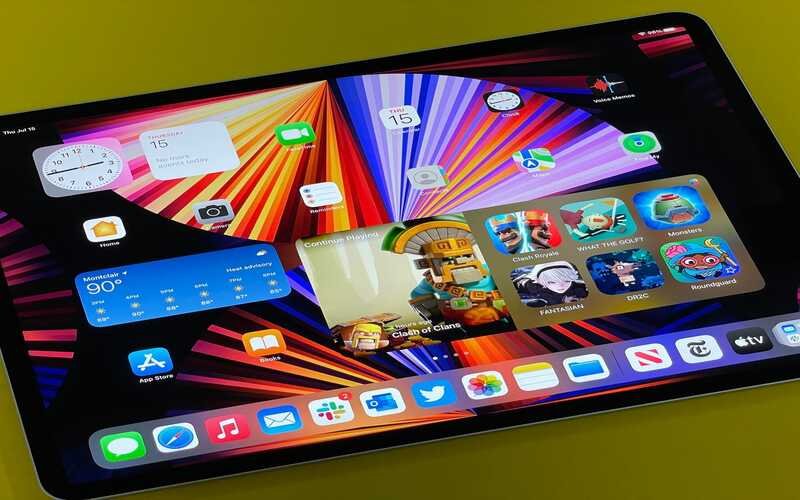In the quest to revolutionize accessibility, the iPad emerged as a potential game-changer. However, the journey toward creating a truly inclusive device for individuals with diverse needs has been met with progress and limitations. Our comprehensive article delves into the evolution of iPad accessibility, highlighting the challenges faced and the potential for further advancements in this field.
The Early Promise of iPad Accessibility
When the iPad was introduced in 2010, it held immense promise for individuals using Augmentative and Alternative Communication (AAC) devices. Its sleek design, intuitive interface, and versatility make it an appealing option for those seeking more accessible and user-friendly communication tools. The potential for transformative impact was palpable, offering individuals like David James “DJ” Savarese, a poet with autism, new possibilities for self-expression and communication.
The Limitations and Hurdles of AAC Technology
Despite the initial excitement surrounding the iPad’s potential, the reality of AAC technology’s slow progress became apparent. Compatibility issues and clunky interfaces hindered the seamless integration of AAC solutions. Savarese’s use of Microsoft Word and the “Read Aloud” function during a live interview underscored the limitations of available AAC technology. While effective in its simplicity, this low-tech approach showcased the need for more advanced features and user-friendly AAC apps.
Pricing Strategies and Market Dynamics
One of the significant challenges faced by AAC companies was the introduction of more affordable devices like iPads. As the popularity of iPads grew, AAC providers struggled to develop cost-effective yet robust apps that could rival dedicated AAC devices. This pricing dilemma often led to the development of expensive AAC devices that stripped native iPad applications, raising justified price gouging concerns. The market-driven system within specialized technology fields contributed to inflated prices, posing barriers to accessibility.
Seeking Better Accessibility and Customizable Options
While acknowledging the limitations, it is essential to highlight the improvements AAC devices have brought to individuals like Savarese. AAC solutions have given them a public voice and allowed them to participate in communities and express their thoughts effectively. However, advancements in accessibility and customization options are still needed. Developing user-friendly apps with advanced word prediction capabilities can empower individuals with diverse needs, providing greater independence and communication possibilities.
The Way Forward: Innovative AAC Technology
To propel accessibility in the digital age, dedicated incentives and a separate arena for innovative AAC technology may be necessary. The limitations of current solutions can be overcome by fostering an environment that encourages the development of user-friendly, feature-rich AAC apps. The involvement of stakeholders, including technology companies, researchers, and individuals with diverse needs, can drive the necessary advancements in this field.
Embracing Advancements in Accessibility Technology
It is crucial to recognize the ongoing efforts of companies like Apple in addressing accessibility concerns. Regular software updates across various devices, including macOS, iOS, iPadOS, and more, ensure better performance and enhanced user experiences. Security updates addressing vulnerabilities reflect the commitment to providing a safe and accessible digital ecosystem.
Collaborative Approach for Inclusive Innovation
As technology continues to evolve, collaboration between technology companies, researchers, and individuals with diverse needs is crucial for driving meaningful advancements in accessibility. Working together can create more inclusive solutions that break down barriers, empower individuals, and foster a society where everyone can thrive.
In conclusion, the journey of iPad accessibility has been marked by progress and challenges. While the iPad offered great promise, the limitations of AAC technology and pricing strategies presented hurdles to overcome. However, with a collaborative approach and dedicated efforts, the future holds immense potential for further advancements in AAC technology. By embracing innovative solutions, enhancing customization options, and addressing affordability concerns, we can continue to make significant strides in creating a more inclusive world.







































